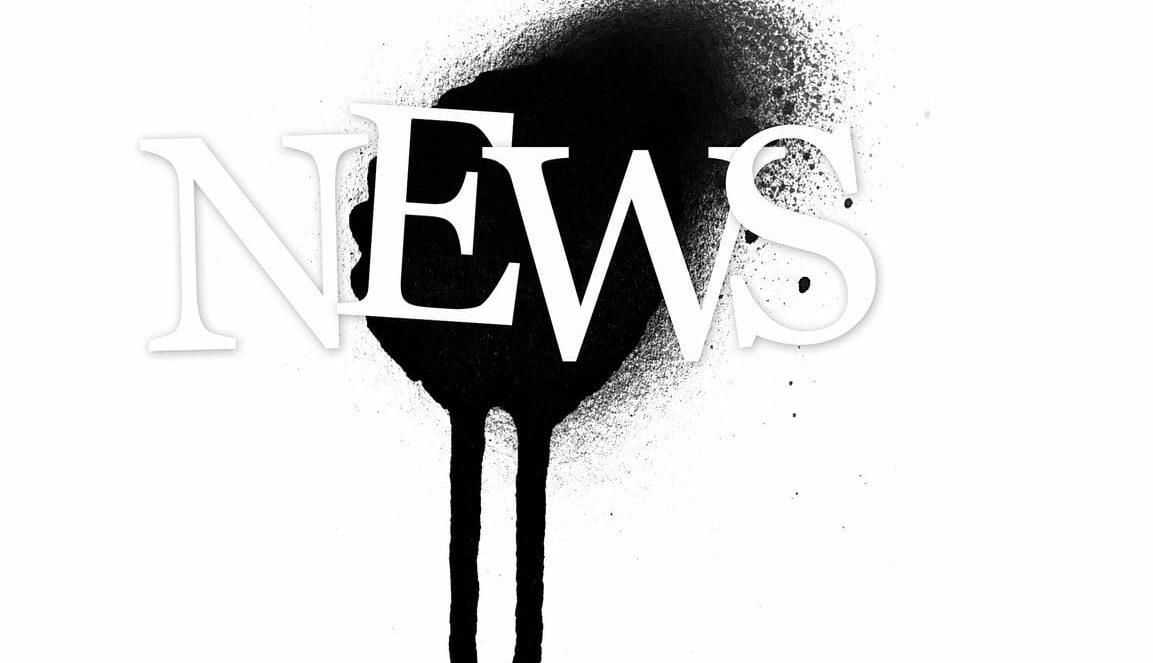Table of Contents
How good are kids at spotting fake news stories?
edCircuit Breakdown:
Two professors at Penn State are trying to use a supervised machine learning algorithm they developed with funding by the National Science Foundation to discern the difference between real and fake news.
One study done by Stanford University shows that students are swayed more by “how high a source of information appears on search results rather than by the source of the information.”
Some teachers and schools are attacking the problem head-on, teaching classes on digital citizenry in which students use critical thinking to separate fact from fiction online.
edCircuit Analysis:
Fake news used to be limited to the tabloids like the National Enquirer and Weekly World News that would publish wild accounts of bigfoot sightings and alien encounters to be consumed by their faithful readers.
 Now, with the popularity of social media where people can instantly share fake stories with thousands of followers, fake news is a real problem that can affect people’s perceptions on everything from a coaching search for their favorite team to matters of great national importance.
Now, with the popularity of social media where people can instantly share fake stories with thousands of followers, fake news is a real problem that can affect people’s perceptions on everything from a coaching search for their favorite team to matters of great national importance.
This means it is time for educators to take the fake news epidemic seriously, and to prepare our students with the skills to be able to spot fake news and quit spreading it as the truth. Classes like digital citizenship are a good start, and every school and district should look at adopting “fake news studies” into their curriculum.
Author
Jim Reams is a senior-level marketing, communications and strategy consultant with over 25 years experience in both in-house and agency settings. He has specialized in EdTech and the education industry since 2009.


